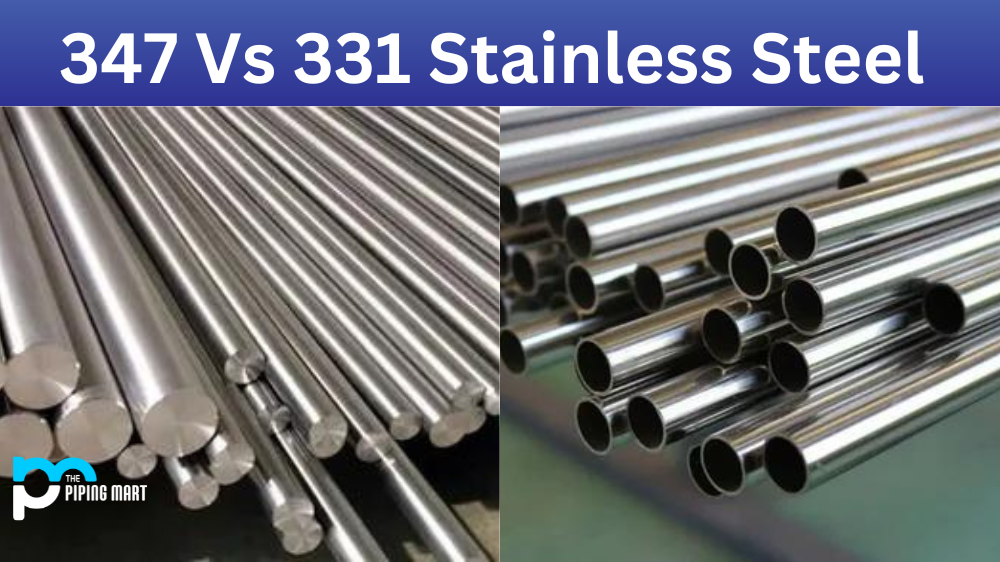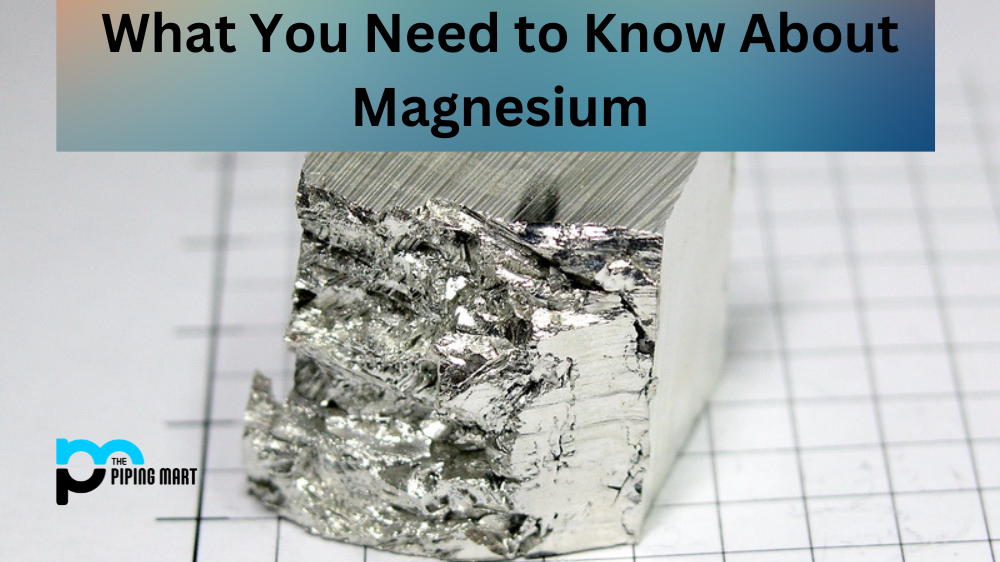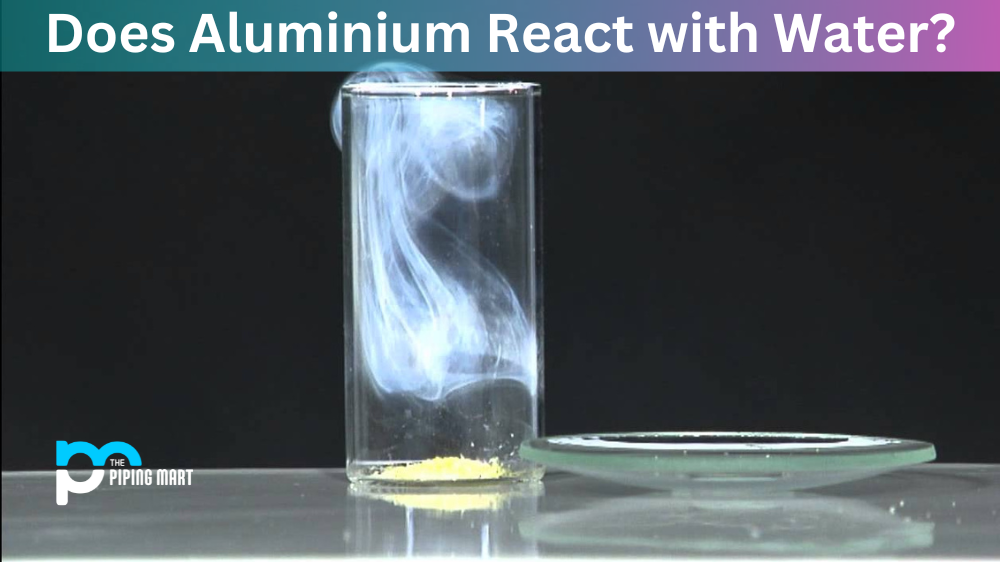When choosing a stainless steel alloy for your application, many options exist. Two of the most popular options are 347 and 331 stainless steel alloys. Both of these alloys have similar properties, but there are some differences that you will want to consider when making your selection. Let’s take a closer look at these two alloys and compare them.
Difference Between 347 and 331 Stainless Steel
Corrosion Resistance
Both 347 and 331 stainless steels offer excellent corrosion resistance in most environments due to their high chromium and nickel content. However, they do have slightly different levels of corrosion resistance due to the addition of titanium in the 347 alloy. The presence of titanium protects against corrosion caused by chlorine, sulfuric acid, hydrochloric acid, nitric acid, formic acid, acetic acid, and phosphoric acid. So if your application requires extra protection from these harsh chemicals, then 347 may be the better choice.
Heat Resistance
Regarding heat resistance, both alloys perform well up to about 1600 degrees Fahrenheit (870 degrees Celsius). After that point, the heat resistance of the two materials begins to differ significantly. At higher temperatures (above 1700 degrees Fahrenheit or 925 degrees Celsius), the 331 alloy begins to lose its strength due to excessive grain growth, while the 347 alloy can maintain its strength thanks to its addition of titanium which prevents grain growth at higher temperatures. This makes 347 a better choice for applications that require high temperatures, such as furnace parts or exhaust systems.
Durability
Both alloys are strong and durable, but again there is one major difference between them: weldability. The addition of titanium in the 347 alloy makes it much easier to weld than 331, which can be difficult due to its high carbon content. If your application requires welding, 347 would be a better option since it won’t require any special techniques or precautions like 331 does.
Cost
Regarding cost, both alloys are relatively similar, but the 331 will usually cost slightly less than the 347 due to its lower amounts of nickel and chromium content compared with its counterpart. However, suppose you need extra features such as higher heat resistance or better weldability. In that case, you may find that the extra cost is worth getting those features with the more expensive 347 alloys instead of sacrificing them with cheaper materials like 331.
Conclusion:
In conclusion, both 347 and 331 stainless steel alloys have their own strengths and weaknesses depending on what type of application they will be used for. For applications where corrosion resistance is key, 347 may be a better option since it contains additional protection against certain acids thanks to its titanium content, while 331 lacks this feature. On the other hand331 may be preferable for applications where cost is an issue since it tends to be cheaper than 347 but not as strong or heat resistant at higher temperatures above 1700 degrees Fahrenheit (925 degrees Celsius). Ultimately which one you choose should depend on your individual needs, so make sure you weigh each option carefully before making your decision!

A passionate metal industry expert and blogger. With over 5 years of experience in the field, Palak brings a wealth of knowledge and insight to her writing. Whether discussing the latest trends in the metal industry or sharing tips, she is dedicated to helping others succeed in the metal industry.




